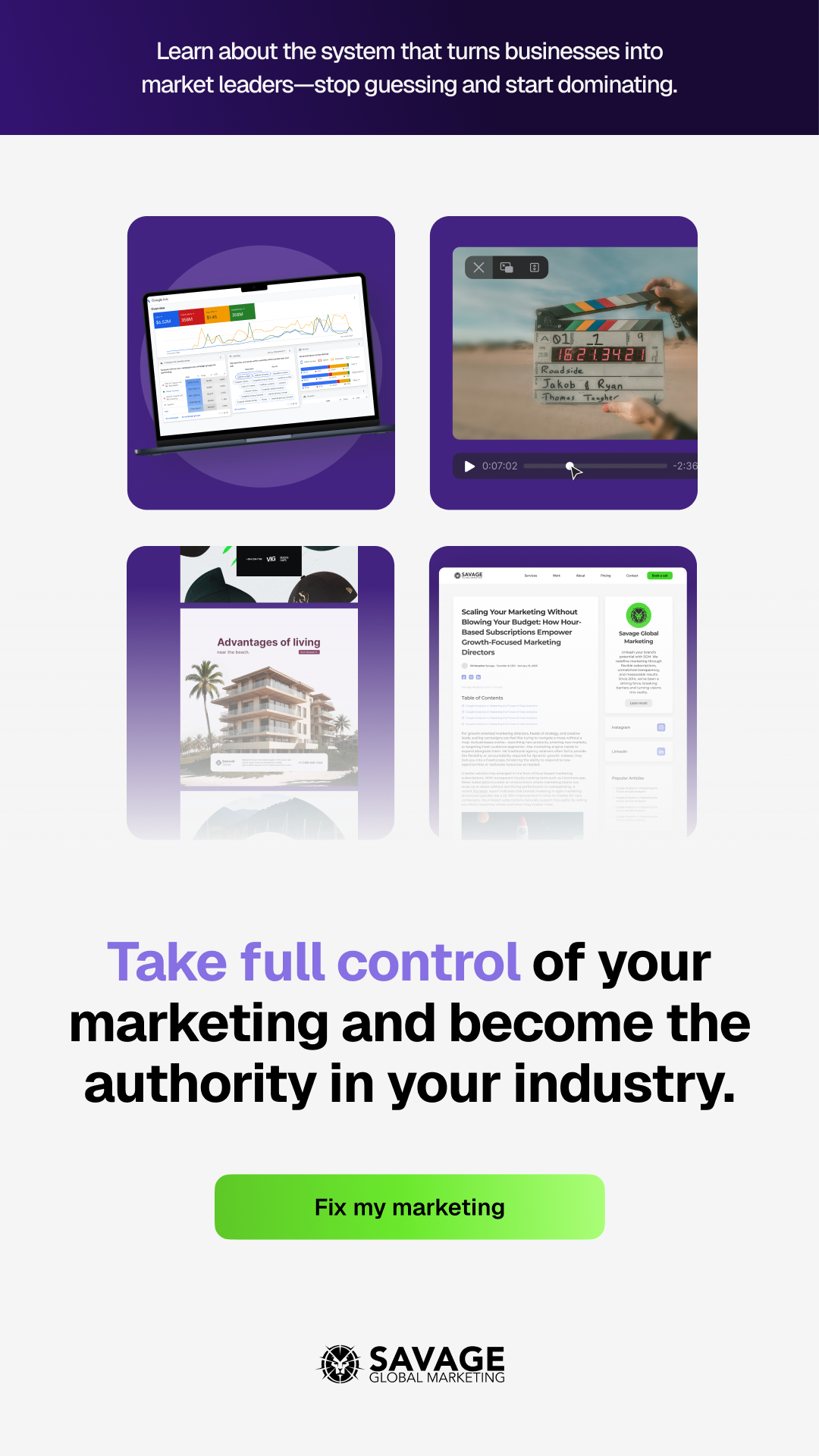For decades, traditional retainers were the go-to model for brands partnering with marketing agencies. Companies paid a set fee each month for a predefined list of deliverables, often without granular insight into how resources were allocated. While this model once seemed convenient, today’s data-driven and fast-changing market environment demands something more agile and transparent.
Hour-based marketing models have emerged as the smarter alternative. They turn vague commitments and static scopes into measurable, adjustable, and performance-driven investments. Let’s compare these two approaches, so you can decide which aligns better with your organization’s needs and growth goals.

1. Transparency vs. Opacity
Traditional Retainers:
Retainers often leave marketing directors and creative leads guessing how their budget is spent. While you might receive a high-level report, understanding exactly how many hours went into strategy vs. creative production can be a challenge.
Hour-Based Marketing:
Tools like Lionshare.app end the guessing game. Every hour is tracked, categorized, and visible in real-time. This transparency helps you identify what’s working, what’s underperforming, and where to reallocate resources. Instead of wondering if you’re getting your money’s worth, you know exactly where every dollar goes.
2. Flexibility vs. Rigidity
Traditional Retainers:
With a retainer, you pay a fixed amount for a set scope of work. If market conditions change, a new competitor emerges, or a campaign flops, adjusting your approach often requires a cumbersome renegotiation or waiting until the next contract cycle.
Hour-Based Marketing:
Hour-based models are inherently flexible. If you want to shift more resources into a high-performing channel mid-month, you can. If a tactic doesn’t deliver results, reallocate hours elsewhere without bureaucratic hurdles. This agility allows you to quickly respond to market shifts and emerging opportunities, enhancing your ability to stay ahead of the curve.
3. Continuous Improvement vs. Static Deliverables
Traditional Retainers:
The deliverables are often set at the start of the contract: X number of ad creatives, Y number of social posts, Z hours of strategy. While consistent, this setup doesn’t easily accommodate continuous optimization based on real-time performance data.
Hour-Based Marketing:
When you pay for hours rather than fixed outputs, you can use performance metrics to guide how those hours are spent each month. See a spike in engagement on your LinkedIn ads? Redirect hours toward that platform. Need to respond to a viral trend tomorrow? Reassign hours from a lower-priority project. This iterative approach ensures a cycle of continuous improvement, rather than sticking to a static plan that may become outdated.
4. Tangible ROI vs. Guesswork
Traditional Retainers:
Because you’re paying for a block of deliverables rather than time spent, connecting spend to specific results can be tricky. Did that jump in conversions come from the ads or the social media campaign? Without hour-level detail, it’s hard to say.
Hour-Based Marketing:
With hour-based models, you tie each initiative to a quantifiable effort. Let’s say 10 hours of PPC optimization boosted your click-through rate by 20%. That’s a clear, data-backed link between hours spent and measurable outcomes. Over time, these correlations help you refine your marketing mix, investing in channels and tactics that reliably deliver high ROI.
5. Strategic Partnership vs. Transactional Relationship
Traditional Retainers:
Retainer-based relationships can feel transactional: you pay a fee, the agency produces a set of deliverables, and that’s it. There’s often less incentive for the agency to proactively suggest new strategies or experiments outside the agreed-upon scope.
Hour-Based Marketing:
When hours are the currency, both you and your agency partner benefit from strategic thinking and proactive pivots. The transparency and flexibility encourage open communication. If a new growth opportunity arises, agencies are more likely to bring it to your attention, knowing you can reassign hours without red tape. The result is a more collaborative, forward-thinking partnership.
6. Ease of Budgeting and Forecasting
Traditional Retainers:
You know your monthly cost, but you don’t always know if that cost aligns with evolving priorities. It’s predictable, but not necessarily efficient.
Hour-Based Marketing:
While hour-based models are slightly more dynamic, they also provide better forecasting capabilities. As you gather data, you understand which tactics yield the best returns per hour spent, making it easier to plan next quarter’s or next year’s budget. Instead of guesswork, you base financial decisions on proven performance.

Making the Shift with Confidence
The shift from traditional retainers to hour-based marketing is more than a change in payment structure; it’s a transformation in how marketing leaders direct resources, measure success, and collaborate with agency partners. In a world where agility, accountability, and ROI matter more than ever, hour-based models stand as the logical evolution.
By embracing hour-based marketing, you gain greater control, deeper insights, and a data-driven framework for growth. It’s a strategic move that empowers you to optimize efforts continuously, respond quickly to market changes, and build a lasting partnership grounded in transparency and results.
For forward-thinking marketing leaders ready to leave old-school retainers behind, hour-based marketing isn’t just an alternative—it’s a superior solution designed to help you thrive in today’s fast-paced landscape.



